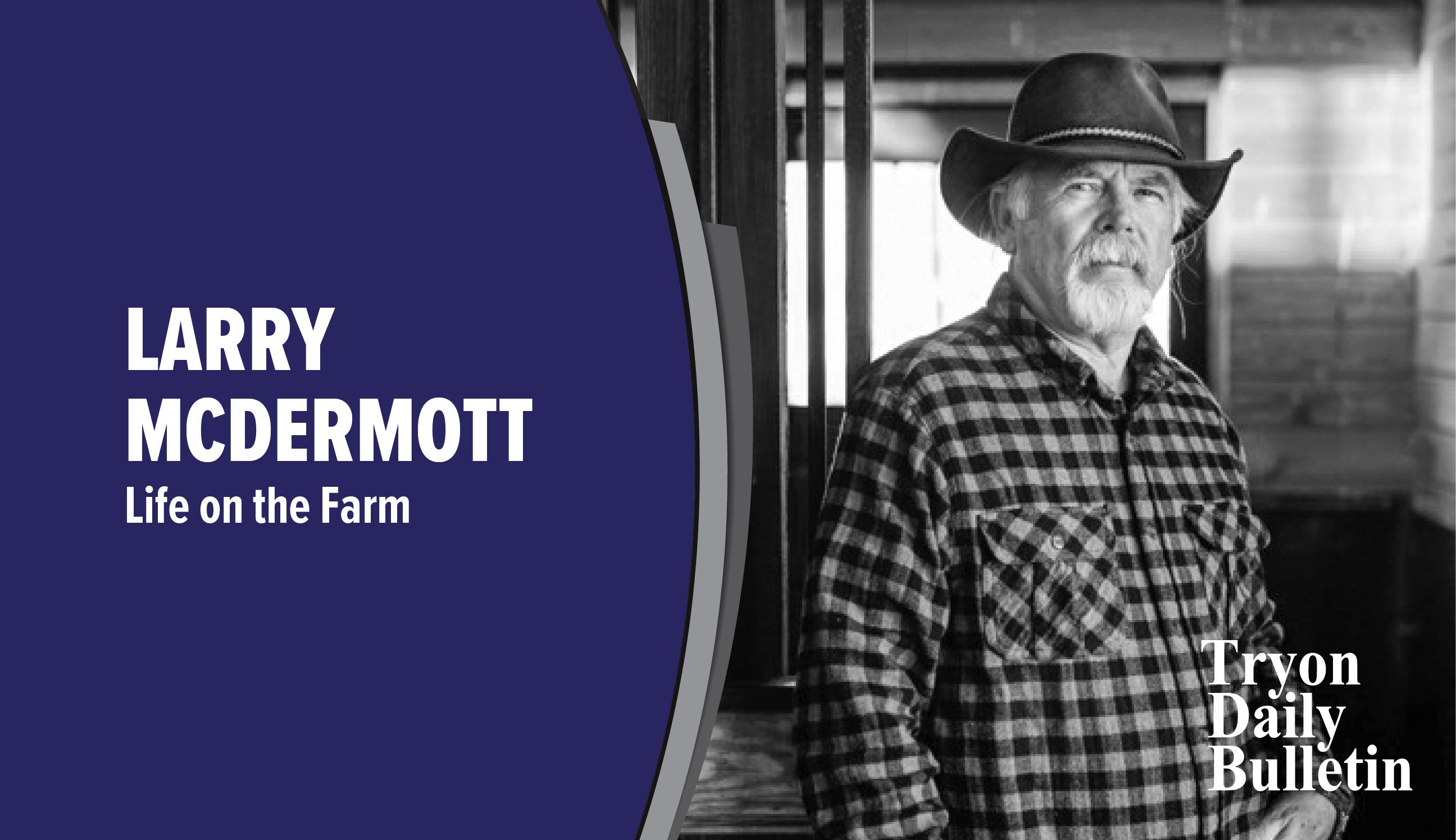Getting back to our roots
Published 12:28 pm Friday, March 3, 2023
|
Getting your Trinity Audio player ready...
|
It’s easy for us to think that something we need, something that is vitally important to our future, is simply too big or out of our reach, but a group of local people wants us to stop thinking like that.
The Gardening For Life Project, which is comprised of local people, is determined to show us that if we put our minds to it we can protect nature and improve habitats in the Carolina Foothills.
The organizers of this group are proving their mettle this weekend by bringing to Western North Carolina Doug Tallamy, an internationally known entomologist, ecologist and conservationist as well as author of the New York Times bestselling book “Nature’s Best Hope.” Tallamy is the big attraction at the Polk County High School Auditorium, but there is a larger, sharply focused mission–convincing gardeners that planting native plants is the key to life’s sustainability.
“In the past, we have asked one thing of our gardens: that they be pretty. Now they have to support life, sequester carbon, feed pollinators and manage water,” Tallamy has said.
And the best way to do that? Plant native plants.
What the heck is a “native plant?” They are plants that have been growing in the soil where we live for eons. They have evolved and adapted to our weather and our land and they provide the necessary habitat for native fauna. Perhaps most important, they are genetically unaltered by humans.
Michelle Alfandari, a Connecticut businesswoman who was profoundly affected upon hearing a Tallamy presentation, wanted to be involved in reversing the loss of fireflies and birds, so together they created and launched Homegrown National Park. Their goal: getting folks to use native plants. Another way to put it: go with the workhorse, not the showhorse.
Workhorse plants are attractive as well as serving as fueling stations for the fauna that can help sustain lives, human and animal. Birds, bees, bats and moths and butterflies, to name a few. The good stuff.
Showhorse plants are flashy. They are the roman candles of gardening–lots of splash and color but they don’t contribute much to our lives beyond eye candy. Most don’t provide food for fauna because they are non-native plants and hybrids, often foreign exotics, many of which are invasive.
Homegrown National Park is a call to action to regenerate biodiversity. It is a fast-growing non-profit (homegrownnationalpark.org) made up of individuals across the country who want to promote the use of land, especially your small lawn, to grow sustainable, native plants.
Homegrown is an effort to persuade us to return to those days when the local plants that thrived and fed our insect friends were the best plants.
Getting back to our roots, so to speak.
Larry McDermott is a local retired farmer/journalist. Reach him at hardscrabblehollow@gmail.com


